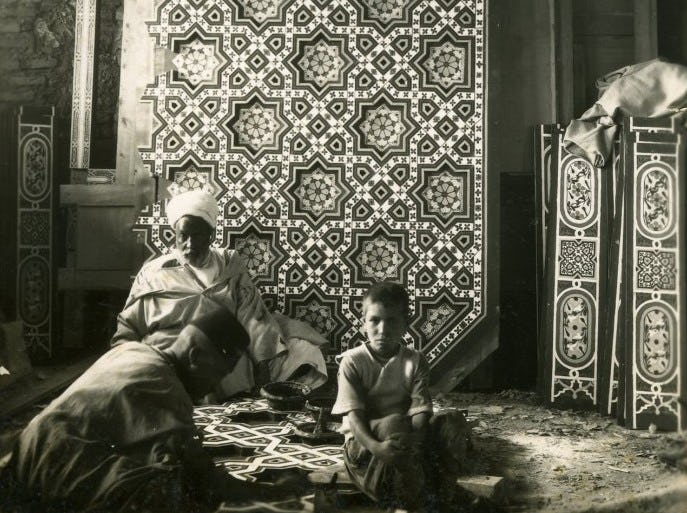Polychrome Tile Panel with Vase Motif
Date17th century
PeriodSafavid
MediumCeramic, polychrome pigments
ClassificationsCeramics
Object number48.97.2
DescriptionThis panel is composed of painted ceramic tiles depicting a central vase surrounded by flowering plants and flying fowl against a yellow ground. The composition is lined with a double border of a flowering vine scroll and blue and yellow crenelations. This colorful composition was achieved using the black-line technique (also known as cuerda seca), which was popular during the Safavid period in Iran (1501–1722 CE). Before the initial firing of the tiles, each was coated with a white glaze. Artists transferred a premade design onto the tiles by pricking holes through a preparatory drawing, placing the drawing over the ceramic surface, and dusting charcoal through the holes to create an outline. A master draftsman traced the design with a mixture of oil and manganese to prevent the colors from running together in the kiln. Artisans of the workshop applied colorful glazes before the tile was fired again. The mixture of oil and manganese burnt off during the firing process, leaving a dark line.
This technique was much more cost and time-efficient than the process of creating tile mosaics, in which glazed ceramics were fired and cut into individual, interlocking shapes. These were assembled upside-down in a frame over a drawing of the design and secured by plaster and cane.
On View
On viewCollections
17th century
17th century
17th century
17th century
17th century











